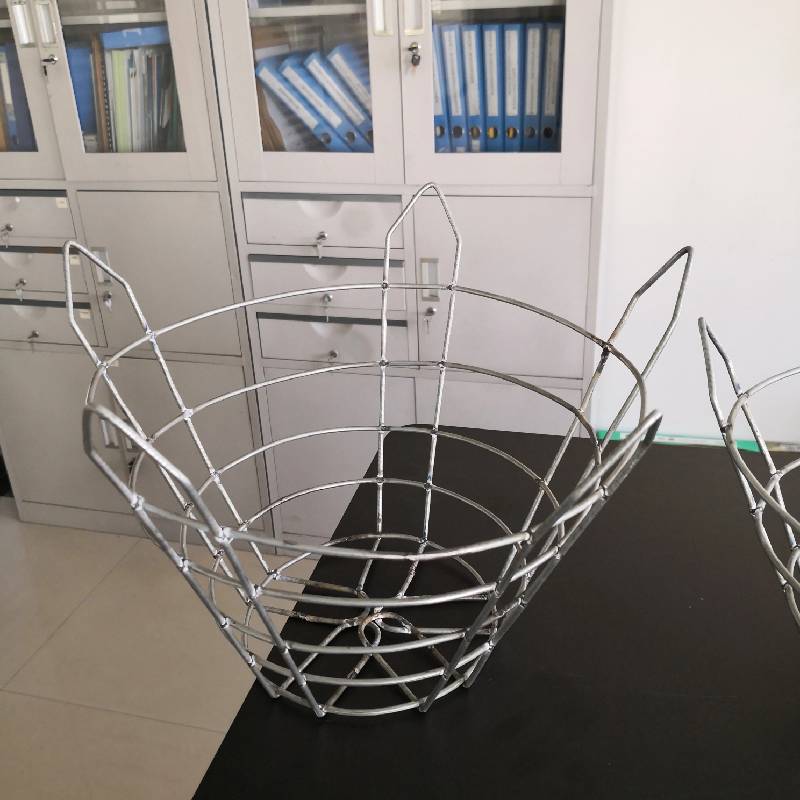
- Mobile Phone
- +8613931874955
- sales@cntcmetal.com
how to tie garden wire
How to Tie Garden Wire A Step-by-Step Guide
Garden wire is an indispensable tool for gardeners, allowing you to support plants, secure trellises, and even create decorative elements in your garden. Whether you’re tying up tomato plants, securing flower arrangements, or crafting garden art, knowing how to properly tie garden wire can make a world of difference. Here’s a simple, step-by-step guide to help you master this essential gardening skill.
Step 1 Gather Your Materials
Before you start, ensure you have everything you need. You will require garden wire, which is available in various gauges, depending on your needs. Thicker wire is ideal for heavy plants or structures, while thinner wire works well for lighter jobs. Additionally, have a pair of scissors or wire cutters handy to cut the wire to your desired length.
Step 2 Cut the Wire
Measure and cut a length of garden wire appropriate for the task at hand. For tying plants, make sure the wire is long enough to wrap around the stem and secure it to its support without cutting into the plant. A length of about 12 to 18 inches should suffice for most situations.
Step 3 Create a Loop
Hold the wire in one hand and create a small loop at one end, leaving enough wire extending beyond the loop to tie it off later. This loop will act as a cradle for the plant or support structure. If you are attaching the wire to a trellis or stake, ensure the loop is large enough to accommodate it comfortably.
how to tie garden wire

Step 4 Wrap the Wire
Gently wrap the wire around the stem of your plant or the structure you are supporting. Be careful not to pull too tightly, as this can damage the plant. The goal is to provide support without constricting growth. If you’re tying multiple stalks together, ensure they are evenly spaced and supported.
Step 5 Secure the Tie
Once you’ve wrapped the wire around the desired area, bring the ends of the wire together. Twist the ends tightly to secure the plant or structure in place. Make sure the twisted area is stable and that the plant feels secure but not overly constricted.
Step 6 Trim Excess Wire
If there is any excess wire remaining after twisting, use wire cutters to trim it back. Be cautious not to cut too close to the knot, as this could cause it to come undone.
Conclusion
Tying garden wire is a straightforward yet essential skill for any gardener. With practice, you’ll find that using garden wire to support your plants and structures not only enhances the health of your garden but also adds to its aesthetic appeal. Happy gardening!
share:
-
Wall Ties for Concrete: Invisible Guardians of Building Structural StabilityNewsAug.08,2025
-
Timber Frame Wall Ties: Stable Bonds for Load TransmissionNewsAug.08,2025
-
Stainless Steel Woven Wire Mesh: A versatile material from boundary protection to functional supportNewsAug.08,2025
-
Powder Coat Coil Springs: Creating peace of mind and reliability with sturdy protectionNewsAug.08,2025
-
Floor Standing Sign Holder: A Powerful Assistant for Flexible DisplayNewsAug.08,2025
-
Binding Iron Wire: An Invisible Bond for Building StabilityNewsAug.08,2025
-
Yard Sign Stakes: Reliable Guardians of Outdoor SignsNewsAug.04,2025



















